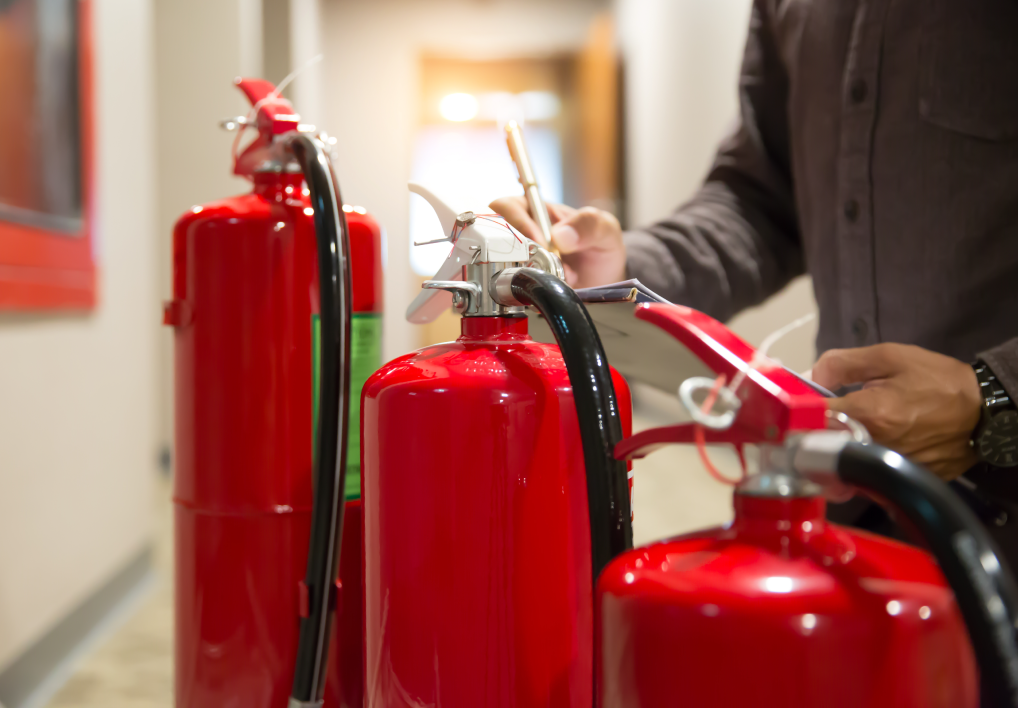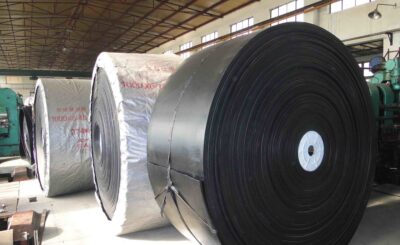Fire safety is essential, and a fire extinguisher is a critical component of your safety plan. It’s your first line of defence when a fire ignites, and it can mean the difference between a manageable situation and a devastating event. But simply having a fire extinguisher isn’t sufficient.
Regular maintenance is just as important to ensure your extinguisher is in top working condition. Routine checks help guarantee that it will function properly and reliably when you need it the most, giving you peace of mind and the confidence to act in an emergency.
Proper upkeep ensures that it will be ready to use instantly, providing peace of mind when it matters most.
Why Checking the Fire Extinguisher Label Matters
While owning a fire extinguisher is essential, its effectiveness depends on its condition when an emergency arises. If not properly maintained or inspected regularly, an extinguisher may fail to work when needed most.
Regular checks are crucial to ensure it’s in good working order, and ready to respond quickly in the event of a fire. Consistent maintenance ensures peace of mind, knowing your fire extinguisher will perform when it matters most.
Performing a feuerlöscher prüfung (fire extinguisher test) is one of the most important aspects of fire safety. A fire extinguisher test is essentially an inspection that confirms your extinguisher’s pressure level, weight, and usability. This test helps you catch issues before they become emergencies, making it a crucial part of maintaining your extinguisher’s effectiveness. If the test shows that your extinguisher has a problem, you can address it immediately, preventing disaster later.
Here’s a quick guide to understanding what to look for:
1. Know What Type of Fire the Extinguisher Handles
Not all fires are the same, and not every extinguisher is suitable for every type of fire. The label on your fire extinguisher will clearly indicate the types of fires it is designed to combat. For example:
- Class A: Designed for fires involving combustibles such as wood, fabric, paper, trash, and some plastics. These are the most common types of fires in homes and workplaces.
- Class B: For fires caused by flammable liquids like gasoline, oil, paint, solvents, and grease. These fires can spread quickly and are particularly dangerous in environments with chemicals or flammable materials.
- Class C: Specifically for electrical fires involving appliances, wiring, or circuits. These fires require extinguishers that won’t conduct electricity to ensure safety during use.
- Class K: Designed for fires in kitchens, particularly those involving cooking oils, fats, or grease. These fires are common in commercial kitchens and require specialized extinguishing agents to put out effectively.
It’s crucial to match the type of fire extinguisher with the type of fire risk in your environment. For example, a Class K extinguisher is a must-have for kitchens, while a Class A extinguisher might be sufficient in an office setting. Be sure to check that your fire extinguisher’s label indicates it’s suited for the specific risks in your home or workplace.
2. Check the Inspection Date
Regular maintenance is key to ensuring your fire extinguisher will work when needed. On the label, you should find the date of the last inspection. This will tell you whether the extinguisher has been checked in the last year, as annual inspections are the standard. These inspections ensure the extinguisher is still pressurized, free from leaks, and hasn’t suffered any damage. If the inspection date is more than a year old, it’s time to get it checked again.
Regular inspections can help you spot issues like corroded or damaged parts before they become a bigger problem. A feuerlöscher prüfung is an important part of ensuring that your extinguisher is in good working condition.
3. Look for Pressure Indicators
The label may also include a pressure gauge or indicator. The gauge shows whether the extinguisher is charged and ready for use. A green zone on the gauge typically means the extinguisher is fully charged, while the red zone indicates low pressure, meaning it may not work in an emergency. If the gauge is in the red zone, you’ll need to recharge or replace the extinguisher immediately.
4. Capacity and Instructions
The label on your fire extinguisher will also indicate its capacity (e.g., 2 kg, 5 kg) and offer clear, easy-to-follow instructions on how to use it. These instructions are typically broken down into simple steps, often summarized by the acronym PASS:
- Pull: The first thing you need to do is remove the safety pin from the handle. This pin is there to stop accidental discharges, so pulling it frees the extinguisher for use. Hold the extinguisher firmly to avoid any mishaps as you remove the pin.
- Aim: Point the nozzle or hose directly at the fire’s base where the fuel is, that’s where you need to focus your efforts. Trying to spray the flames is not as effective because it’s the fuel that keeps the fire going.
- Squeeze: Now, firmly squeeze the handle to release the extinguishing agent. Hold the extinguisher with both hands to maintain control and keep a steady flow of the agent towards the fire.
- Sweep: Move the nozzle from one side to the other in a slow, controlled motion, ensuring you cover the entire base of the fire. This helps spread the extinguishing agent evenly and effectively. Keep sweeping until the fire is fully extinguished and there’s no sign of it reigniting.
Make sure the instructions are easy to read and not faded or damaged. If the instructions are worn out, it’s a good idea to replace the extinguisher or request that the label be updated.
Why It’s Important to Keep Your Fire Extinguisher Ready
A fire extinguisher is only useful if it’s in good working condition. Regularly checking the label, inspecting the pressure, and looking for any signs of wear or damage are crucial to ensuring that your fire extinguisher will function properly when you need it most. Performing a regular fire extinguisher test can also help you confirm that it’s in top shape and ready to be used. These small steps can make a huge difference in protecting yourself and your property from the devastating effects of a fire.








